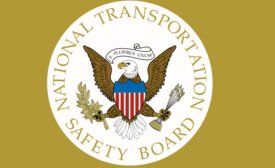News
Safety not on the agenda at temp agency convention
But staffing association joining forces with NSC on worker safety
November 2, 2016
Never miss the latest news and trends driving the safety industry
eNewsletter | Website | eMagazine
JOIN TODAYCopyright ©2024. All Rights Reserved BNP Media.
Design, CMS, Hosting & Web Development :: ePublishing







